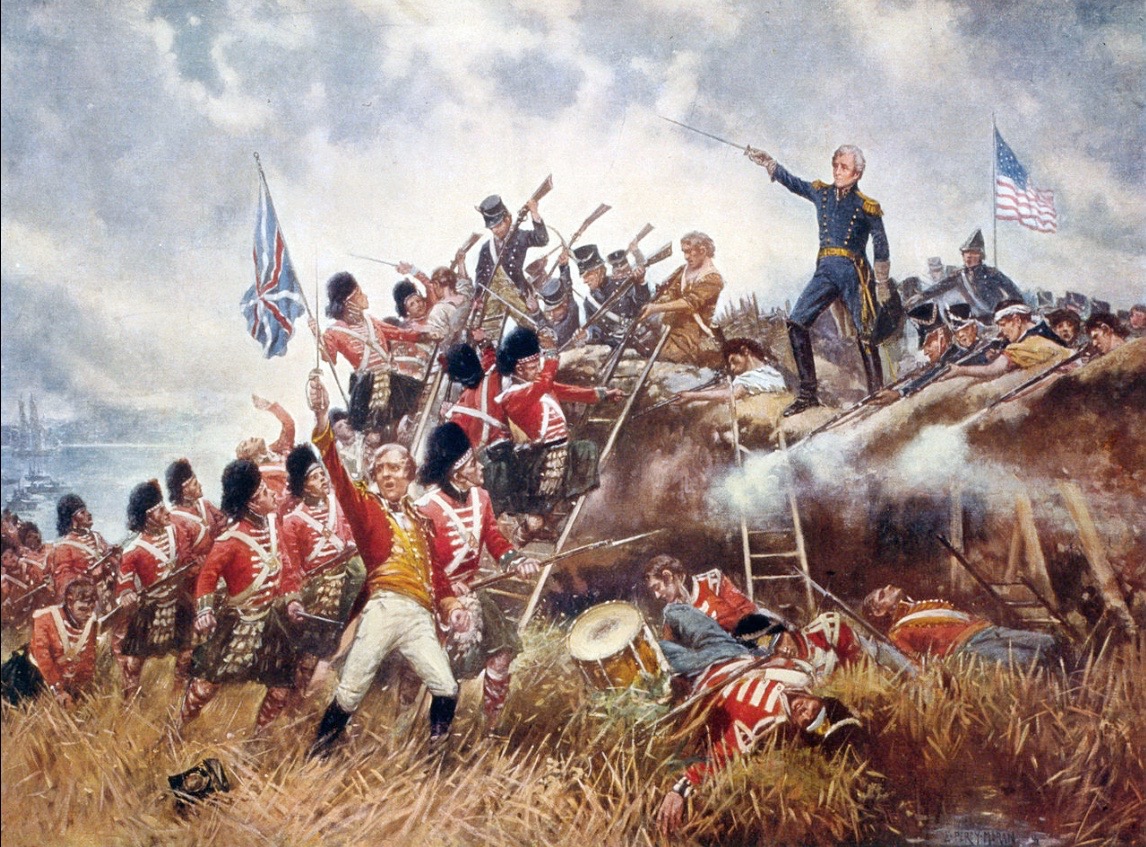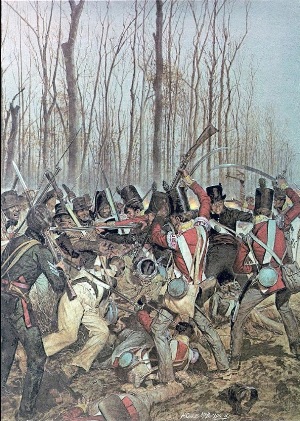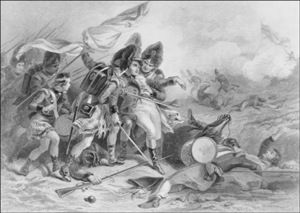Many remember Andrew Jackson as a president, actually America’s 7th President, but many more remember him as a General in Army. That may be because of the hit song by singer Johnny Horton that Billboard ranked Number 1 in 1959. Written by Jimmy Driftwood, the melody is based on an American fiddle turn called “The 8th of January”, which was the date of the Battle of New Orleans. So why is this battle so memorable?

The SelfTour French Quarter walking tour tells the story. The War of 1812 with Great Britain was raging and General Jackson was sent to New Orleans to keep the British from landing, then capturing New Orleans and moving up from the Gulf. General Andrew Jackson knew his rag-tag band of mostly volunteer troops plus a few free slaves and Choctaw Indians would be vastly outnumbered by 15,000 invading British.
Everyone in the city rallied in his support. Everything of medal including horseshoes, doorknobs, nails and household goods was donated to be used as shrapnel in the canons. When it came time for the battle, the few brave men went to the front, just 4 miles away, near the small town of Chalmete. The battle came on January 8, 1815. The women  gathered in the small church of the Ursuline convent to pray. They prayed the entire length of the battle. Until a runner from the front burst into the church and announced that they had defeated the British. The British lost 2600 men including their commanding officer. Jackson lost only 13.
gathered in the small church of the Ursuline convent to pray. They prayed the entire length of the battle. Until a runner from the front burst into the church and announced that they had defeated the British. The British lost 2600 men including their commanding officer. Jackson lost only 13.
So how did General Jackson have such a tremendous victory over the strong British army? What was his advantage?
Jackson knew the British would disembark their ships in the Gulf of Mexico then march up to take on the defenders of the city. So Jackson found the narrowest point of land between Lake Ponchartrain and the Mississippi River. He had the men dig a trench six feet deep and six feet wide between the two bodies of water. The dirt taken out was placed on Jackson’s side of the trench.
 They then built a four-foot wooden wall along the entire length of Jackson’s side of the trench, and pushed that soil against its backside. The men worked hard and fast, day and night and by God they got it done. Then Jackson ordered flooding the trench using the water from the lake. The result was a thick dirt embankment on Jackson’s side to shield his troops. In front of that wall of dirt was the deep and wide water trough. Yep, just like them ol’ castle moats.
They then built a four-foot wooden wall along the entire length of Jackson’s side of the trench, and pushed that soil against its backside. The men worked hard and fast, day and night and by God they got it done. Then Jackson ordered flooding the trench using the water from the lake. The result was a thick dirt embankment on Jackson’s side to shield his troops. In front of that wall of dirt was the deep and wide water trough. Yep, just like them ol’ castle moats.
Then Jackson’s men cleared the British side totally of trees or anyplace for them to hide. With Jackson’s boys firing their muskets and canons safely behind the wall, the British troops were… sitting ducks. A stunning victory for the Americans.
 It was a miracle! Those using the SelfTour walking tour app of the French Quarter listen to this fascinating story while standing in front of the actual Ursuline convent church. It was this exact spot where after the battle, that Jackson rode back to from the front and joined all those here in prayers of thanks. After this stunning defeat, the tides of war turned in favor of the Americans.
It was a miracle! Those using the SelfTour walking tour app of the French Quarter listen to this fascinating story while standing in front of the actual Ursuline convent church. It was this exact spot where after the battle, that Jackson rode back to from the front and joined all those here in prayers of thanks. After this stunning defeat, the tides of war turned in favor of the Americans.
###
Photo Log:
- E. Percy Moran painting The Battle of New Orleans (1910) showing Andrew Jackson in charge.
- Jean Hyacinthe de Laclotte’s Battle of New Orleans (1815) showing the trench that changed the outcome of the Battle.
- H. Charles McBarron’s painting of Free Men of Colour and Choctaw Indian Volunteers at New Orleans, Louisiana (1982)
- The Death of Pakenham at the Battle of New Orleans by F.O.C. Darley shows the death of the British commander Sir Edward Pakenham on January 8, 1815.
- Johnny Horton’s The Battle of New Orleans album cover in 1959.



